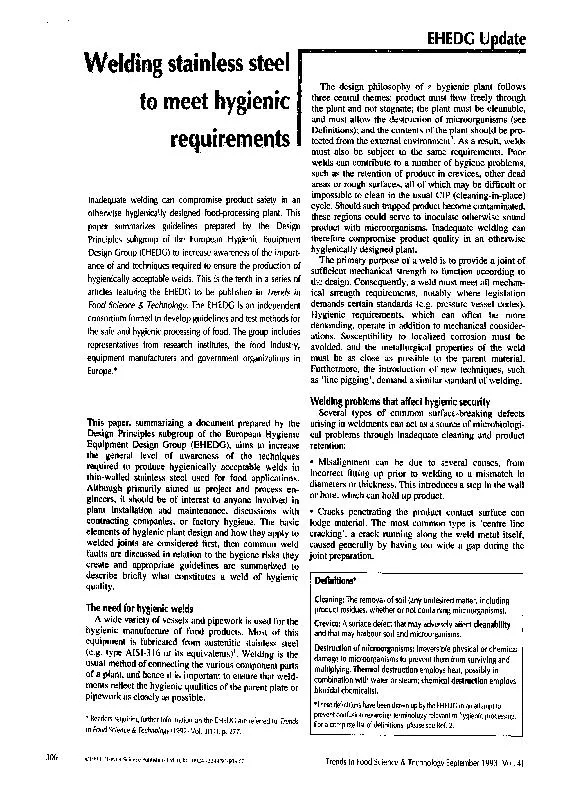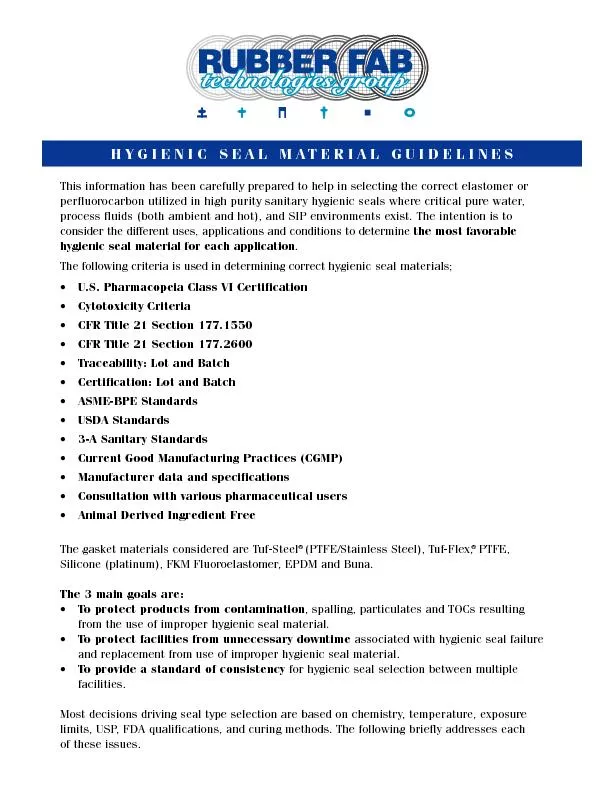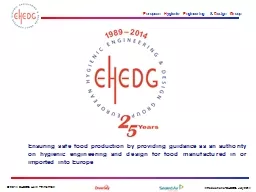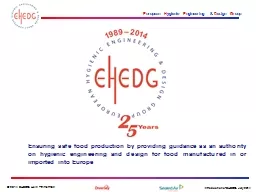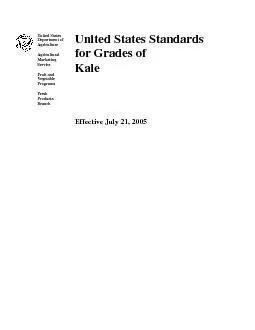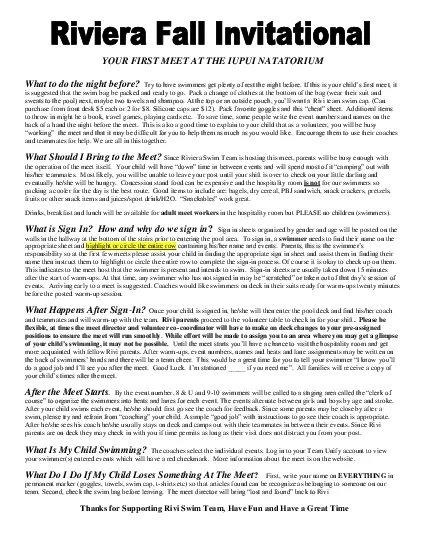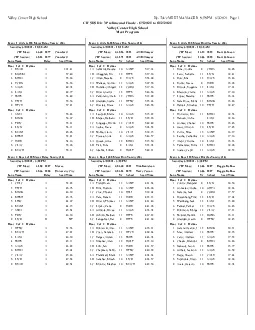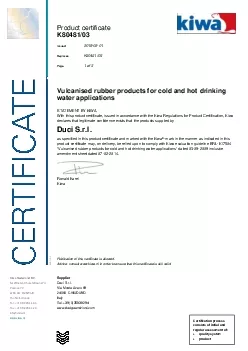PDF-to meet hygienic requirements
Author : liane-varnes | Published Date : 2016-04-25
steel welding can compromise product safety in an otherwise hygienically designed foodprocessing plant This paper summarizes guidelines prepared by the Design Principles
Presentation Embed Code
Download Presentation
Download Presentation The PPT/PDF document "to meet hygienic requirements" is the property of its rightful owner. Permission is granted to download and print the materials on this website for personal, non-commercial use only, and to display it on your personal computer provided you do not modify the materials and that you retain all copyright notices contained in the materials. By downloading content from our website, you accept the terms of this agreement.
to meet hygienic requirements: Transcript
Download Rules Of Document
"to meet hygienic requirements"The content belongs to its owner. You may download and print it for personal use, without modification, and keep all copyright notices. By downloading, you agree to these terms.
Related Documents

